Following his Labor Day announcement of plans for $50 billion in infrastructure investments, President Obama chose another holiday—Columbus Day—to once again call for new investments in America’s roads, rails, and runways. The difference is that this time it came accompanied by a report from his Council on Economic Advisors about the economic frame for the plan.
Other than some minor quibbles, the report does a good job making the case. In addition to summarizing the supportive literature, it argues that not only is there enormous demand across the nation for investing in transportation but that for several important reasons this is precisely the right time to do so.
For one, our infrastructure is falling apart and failing to maintain what we have now only costs us more down the line. More immediately, because unemployment in the construction industry is still high today—nearly double the overall U.S. rate—the opportunity costs for infrastructure (mostly in terms of labor and materials) are “well below” normal levels.
The report also makes an excellent case for a well-designed national infrastructure bank to choose meritorious projects and leverage other funding sources like the private sector.
In many ways, this should be a day infrastructure advocates would love.
Unfortunately, still left unsaid is how the nation will pay for the $50 billion in up front investments, or the $500 billion multi-year bill it’s connected to.
That’s not terribly surprising. In fact, it would have been downright shocking if the president endorsed a specific revenue source. Conventional wisdom dictates that Americans want no part of any kind of tax increase and to suggest otherwise less than a month before the election would be political suicide. But not so, says the report—in fact it provides strong evidence in the form of ‘yes’ votes at the ballot box to raising all kinds of funds to pay for transportation projects.
If Americans are so willing to pay, why the timidity about identifying some source? After all, the president and his team keep asserting that the bill will be paid for. Meaning the money won’t come from the general fund, like the recovery package. But the precise source is still unknown although ideas like eliminating tax loopholes for oil and gas production have been discussed.
Since the report focuses almost exclusively on surface transportation infrastructure (roads, rails, and transit) the most obvious source for funds is the federal tax on motor fuels. That tax as not been raised in nearly 20 years, even to keep pace with inflation. It has, therefore, effectively declined. (The CEA report has two bar charts comparing Americans’ satisfaction with the condition of our infrastructure to other nations around the world. It would have been helpful to also include one like this showing that gas prices and taxes in the U.S. are far less than other nations.)
When asked about all this during the post-announcement press conference, Transportation Secretary Ray LaHood said, “Stay tuned. We’ll let you know.” While patience may be in short supply in Washington these days, there are several key opportunities before the end of the year to keep the conversation going about raising revenue for infrastructure investment:
- One is looming conversation about the federal debt. The President’s National Commission on Fiscal Responsibility and Reform (the deficit commission) and the Bipartisan Policy Center’s Debt Reduction Task Force will both release their reports in the coming weeks. A gasoline tax increase that would partly fund deficit reduction (as it has in the past) and partly fund the transportation program may be part of those recommendations.
- Another is the debate over the Bush tax cuts, which are slated to expire on December 31. That would be the opportunity to repeal the domestic manufacturing deduction for oil and gas production. Such a repeal may be enough to only fund parts of the president’s plan – say, $5 billion per year – but that could be used, for example, to capitalize the national infrastructure bank.
- And then there’s the transportation legislation itself. The current law, known as SAFETEA-LU, was slated to expire on September 30, 2009. To avoid a shutdown of the program Congress has extended the law five times, most recently through to the end of this year. Few doubt that there will be a “clean” extension that merely continues the current program as is. But with stimulus dollars running out and 37 “governors elect” in cut cut cut mode, Congress can step up and use the extension as a way to address the anticipated shortfall.
Many Americans are still out of work, the repair needs are great, and gasoline prices are relatively low. It is politically difficult to do, but there is a real opportunity for Washington to get transportation right. The President himself remarked that, “There is no reason why we can’t do this.” All we need, he said, “is the political will.” Is Washington up to the task?
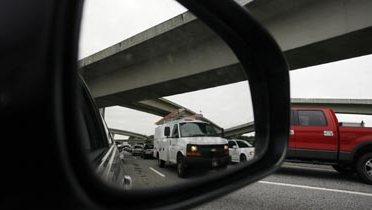
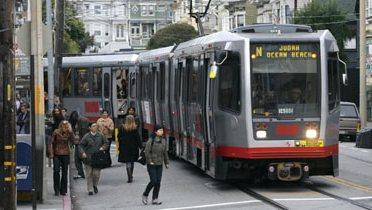
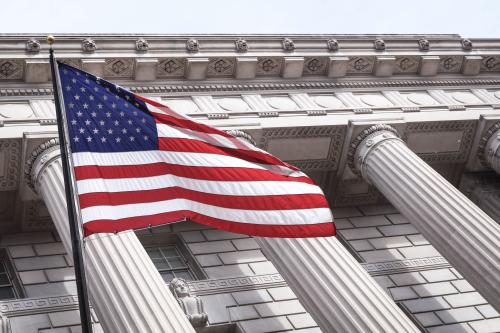
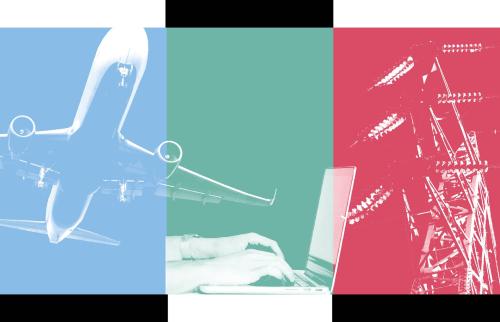

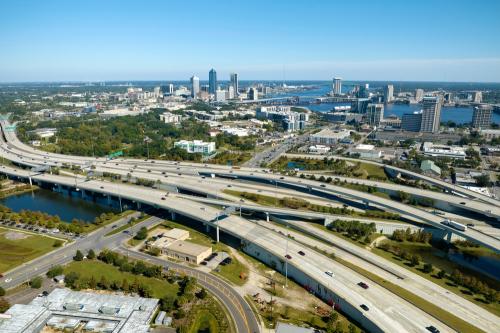
Commentary
Unfinished Infrastructure Business
October 12, 2010